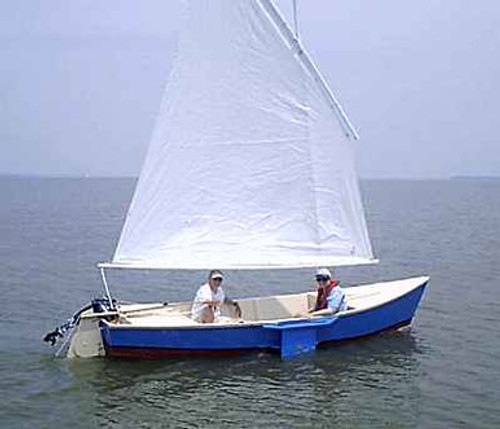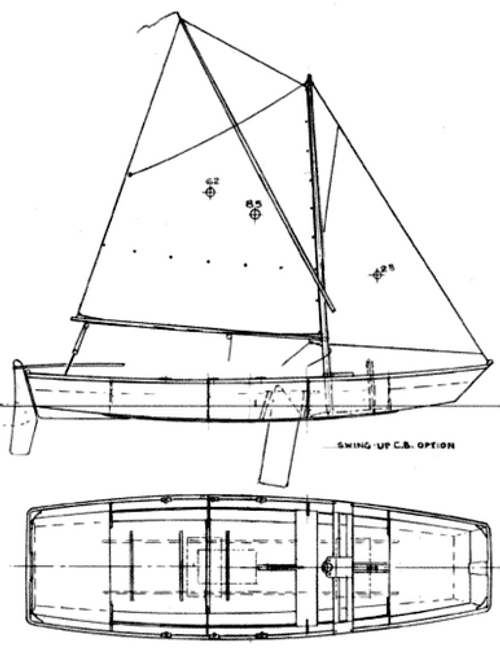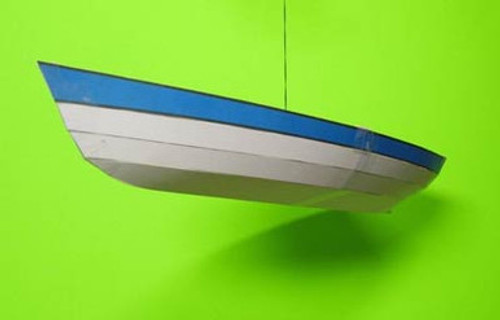This is the second of my series of hull designs intended for those with experience building boats; so the build plan set will have a limited amount of drawings. Any interior details can be seen in the free study plans of any of my other 16ft fishing hulls. This is a stretched up version of the 12ft Leland Lake hull. I by passed the 14ft version, thinking that I already had several fishing hulls in that length. If there is interest in a 14ft version, the 12ft can be stretched up or this hull shrunk back. This stretched hull will use two full sheets of plywood (with a Payson Joint) to make it (five total for the hull). The plywood joints will be where most people will add center seating, so that will stiffen up the joints, along with the rails, and the offset of the seams in the panels when constructed. This design could be lofted down to 8 or 10 feet, and up to something around 20 feet or greater. I would modify the "V" of the keel to be even more pronounced (deeper) on the forward section of these larger hulls, and add stand up steering stations to the designs.
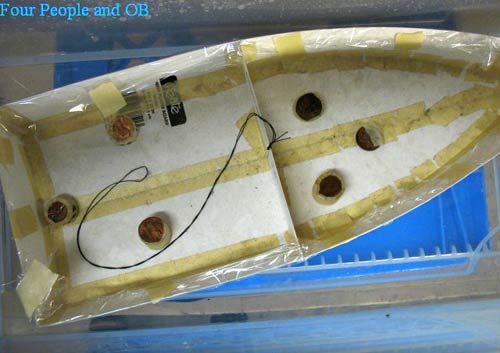
This design still has curves in the hull side panels upper and lower edges that will need to be lofted up, but there are sections of straight edges on each of them too. This will make the hull a little easier to loft up, but you will still need to layout the curves on the bow ends of the side and bottom panels. The keel line is straight from the transom up to about the 11 ft mark near the bow, and then the curving starts up to the bottom edge of the bow. I took some time with the design so the “chine edge” will look like a straight line when the hull is in the water, so it should look good with the slight dip in the rails at the middle and the rise of the rails to the bow. It has a bit of classic Lobster Boat look to it and should be good in wind and waves. I also made the transom 23” high for safety; so you will need a long shaft OB motor. It is 15ft 6” long, has a 68” beam, with a waterline of 15ft 6”.
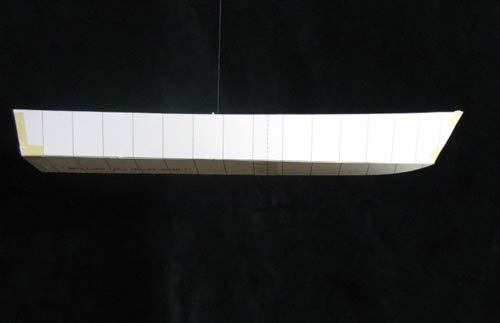
This hull design is mainly for those that want a fishing style hull, and need a seating layout that is normally used with an outboard motor. I have moved the rear seat off the stern so you may control your outboard motor's tiller more easily.
I have gone to using the "enclosed pyramid" (with watertight hatches) style of seating in all my designs for safety reasons. After reading a story, with photos, dealing with the deep water self rescue of a brand new "traditional open interior” small boat design, and they couldn't; I will no longer include drawings or instructions for old style wooden plank seat interiors. Your safety, and that of your family and friends is more important to me. This hull as designed, has around 12+ cubic feet of extra positive flotation build into the enclosed pyramid seating. That's a lot of extra support, along with the wood in the hull. The two handle/steps on the stern are there to help you or a loved one, get back in the boat again if needed. You should add the “safety strap” I show in the plans to help get back in the boat if you or someone else goes over the side. I've used in on my hulls and it works! Always carry and wear, a life jacket adequately sized for you and your guests, and be sure they are in good condition at all times.
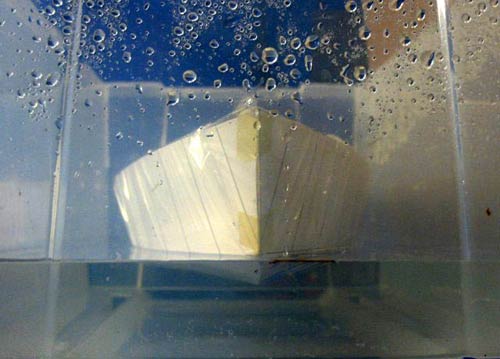
This is a design that I have not built a prototype hull to test the lofting from the design build plans, but after tank testing other previously built hulls, and comparing them with the launch photos and the way they sat in the water after being built. I'm confident that the waterline shown will be correct from the tank tests on this hull. I have also found that there are very few “tweaks” that I have had to make to any design while building from my computer generated plans. Any errors are usually in the 1/16” +/- range at a couple points during the lofting and curve smoothing stage. I would expect no problems during construction. Enjoy the boat.
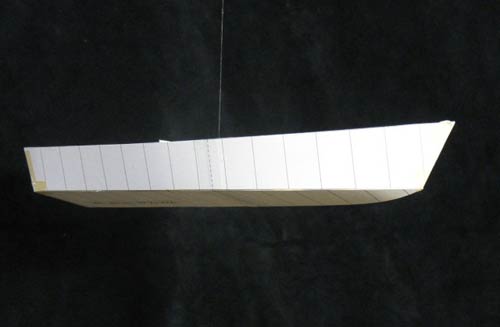
Check out the designers section at www.duckworks.com for my other designs.
Thank you again. Warren D. Messer Red Barn Boats




